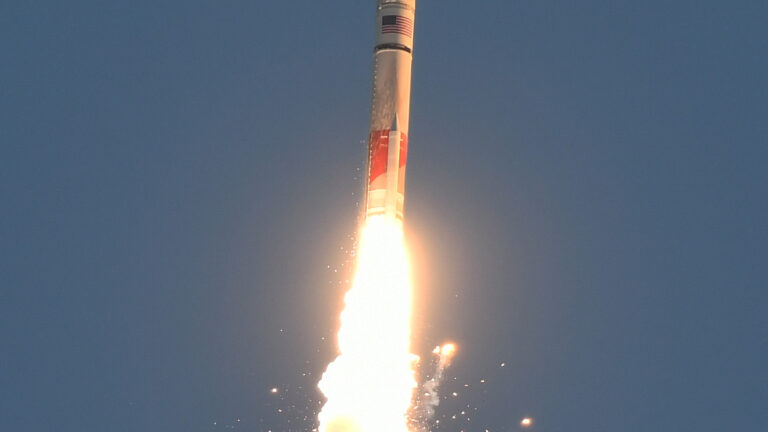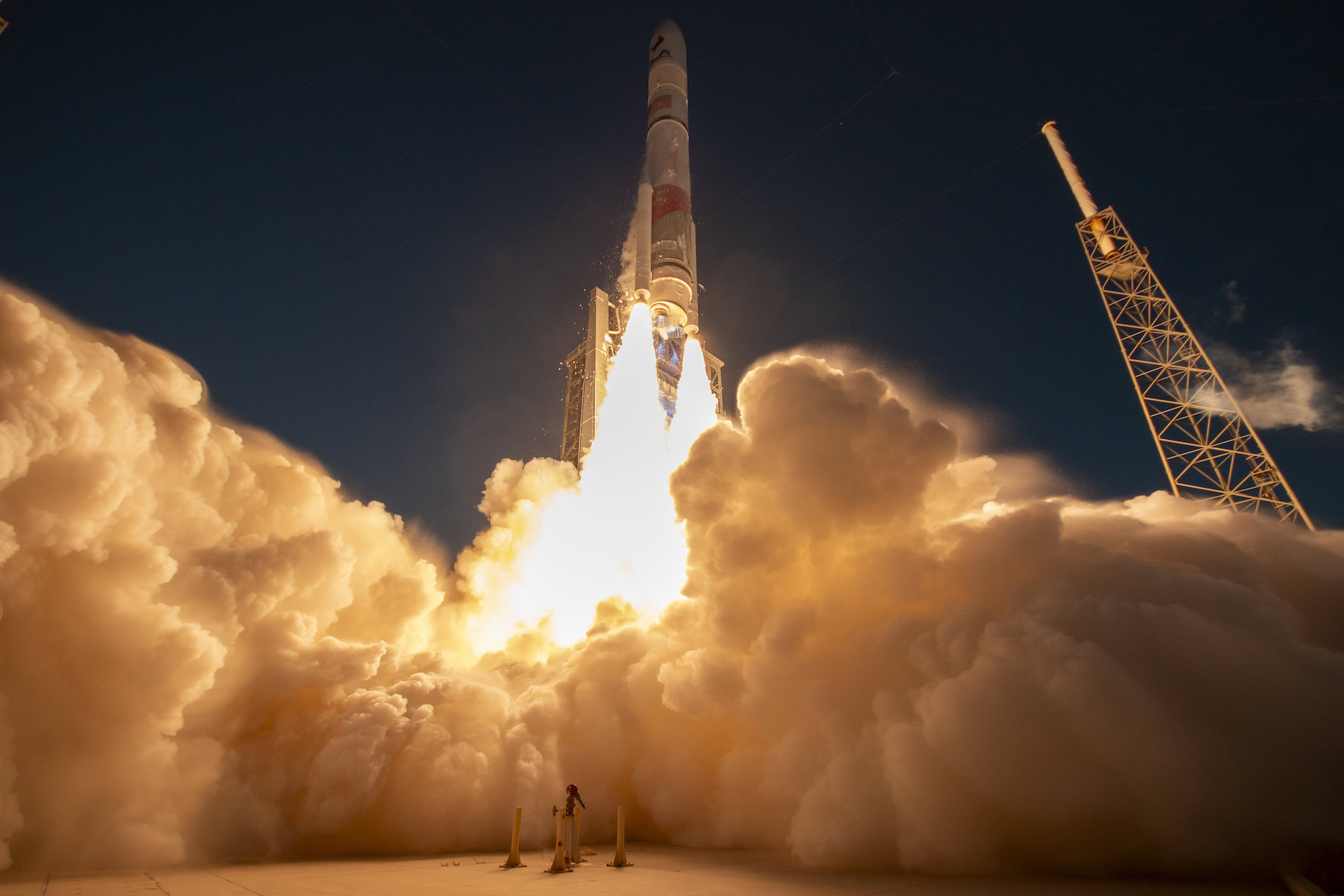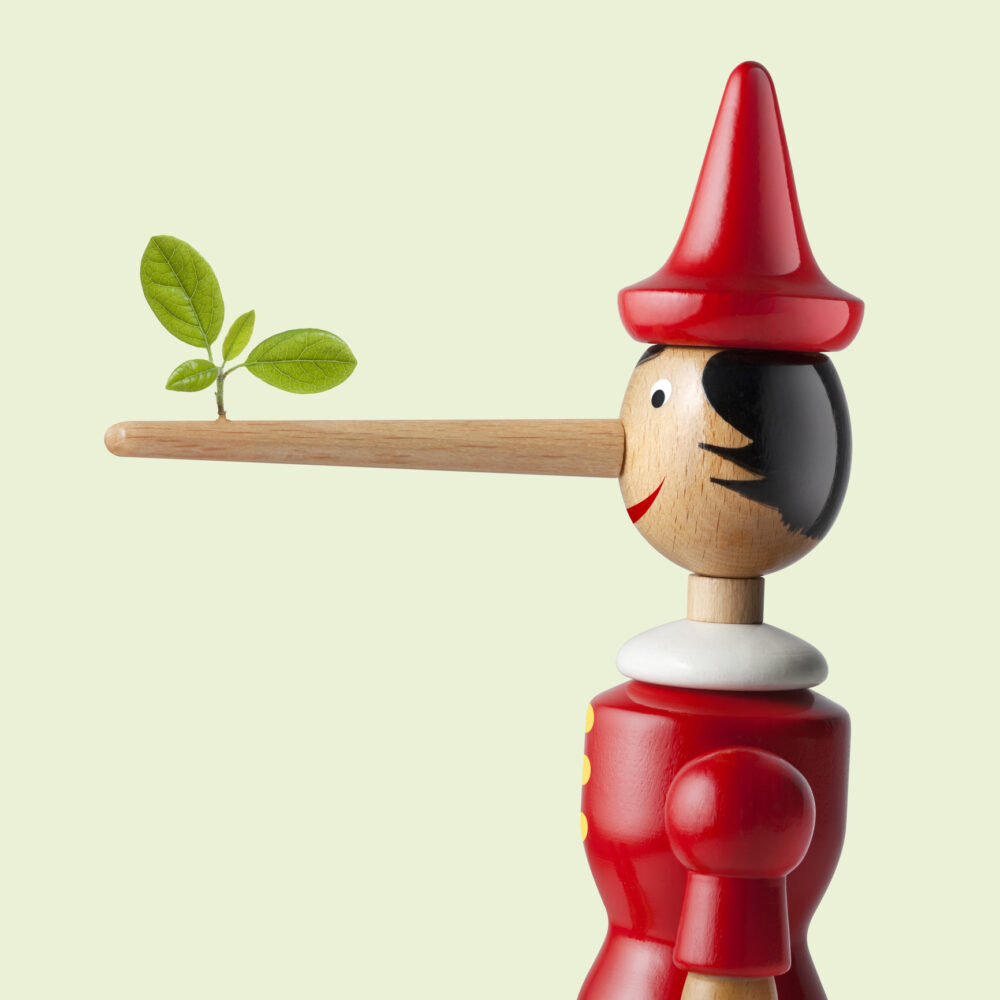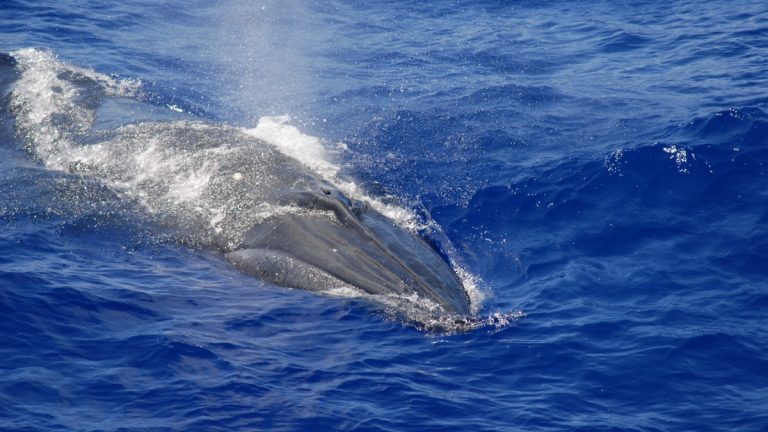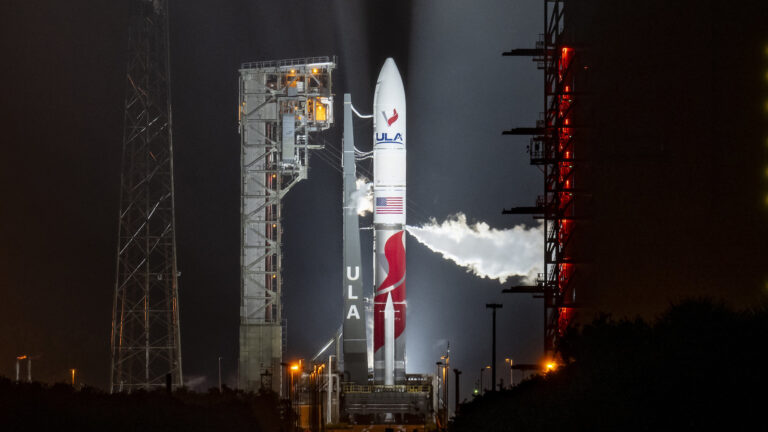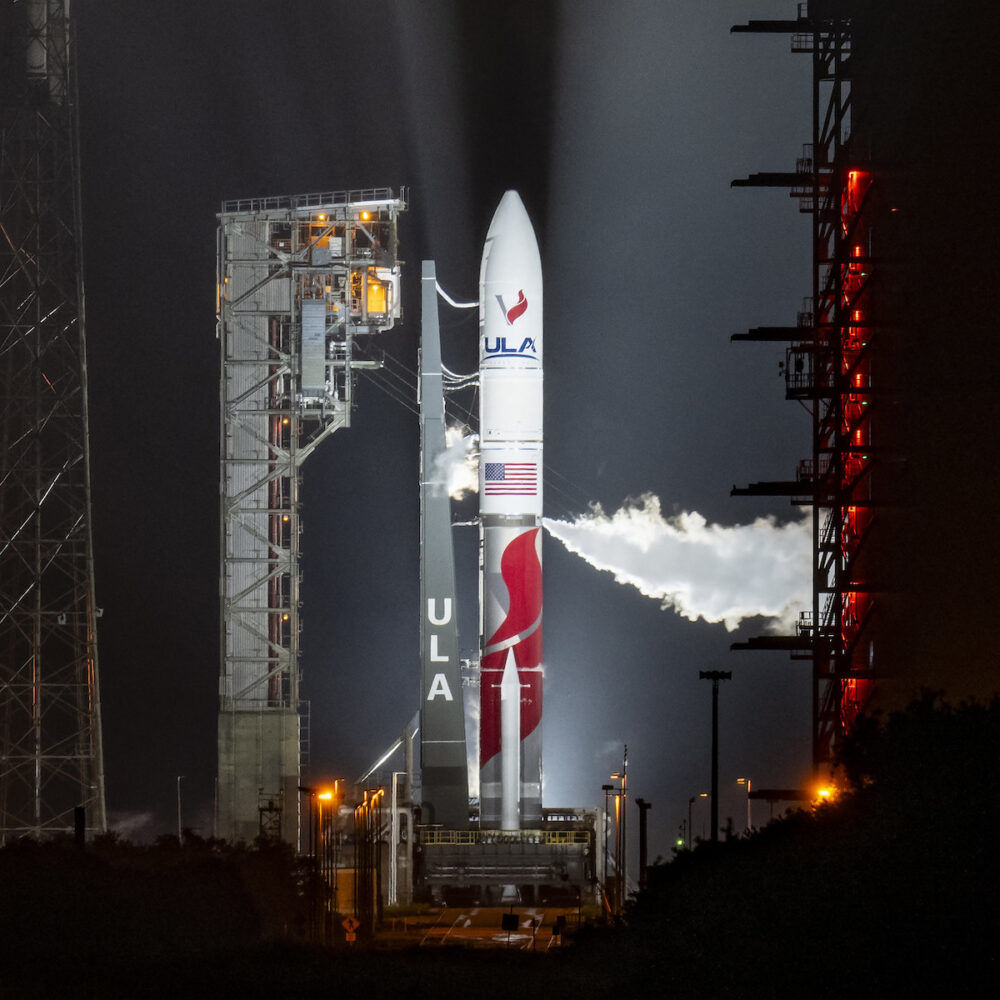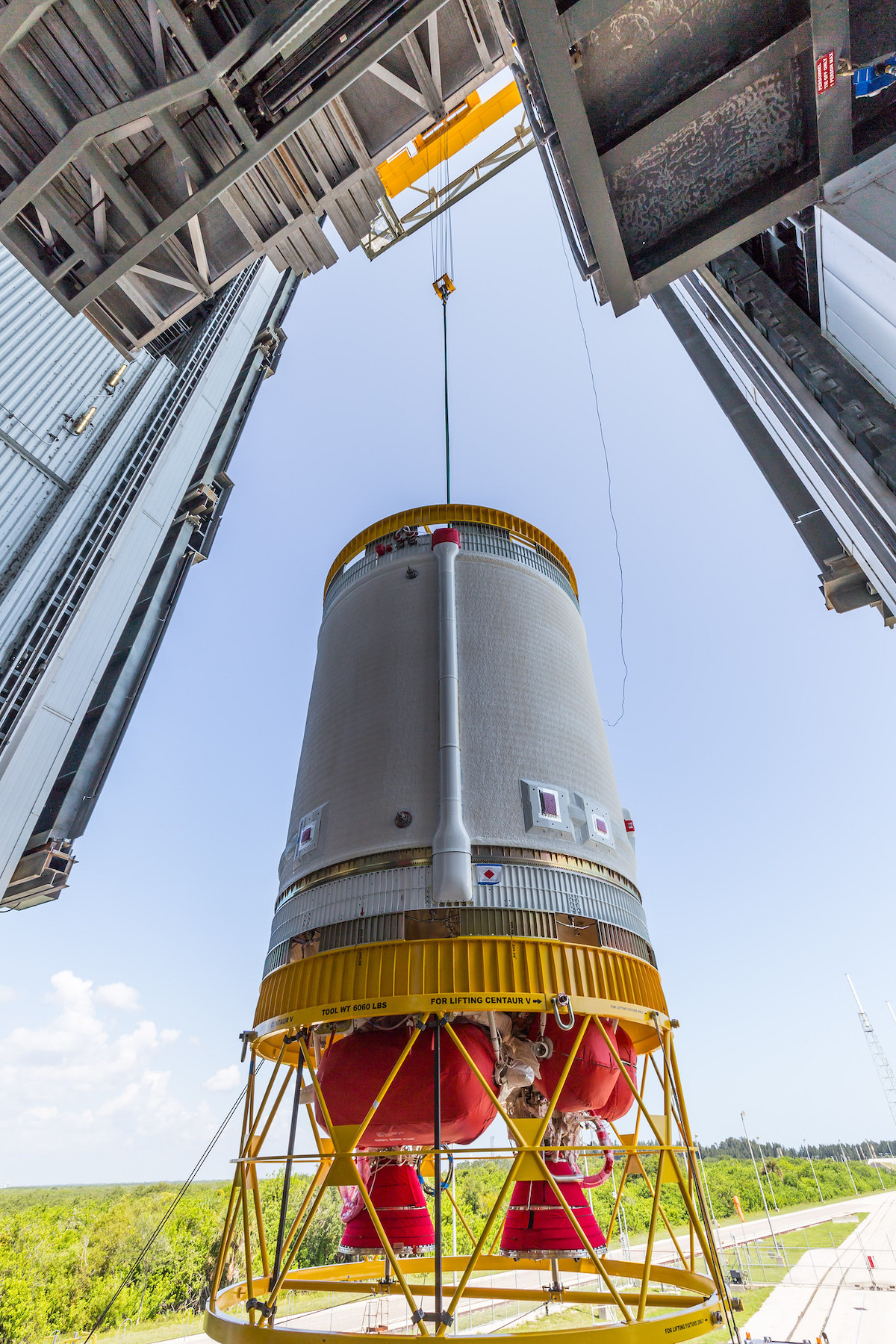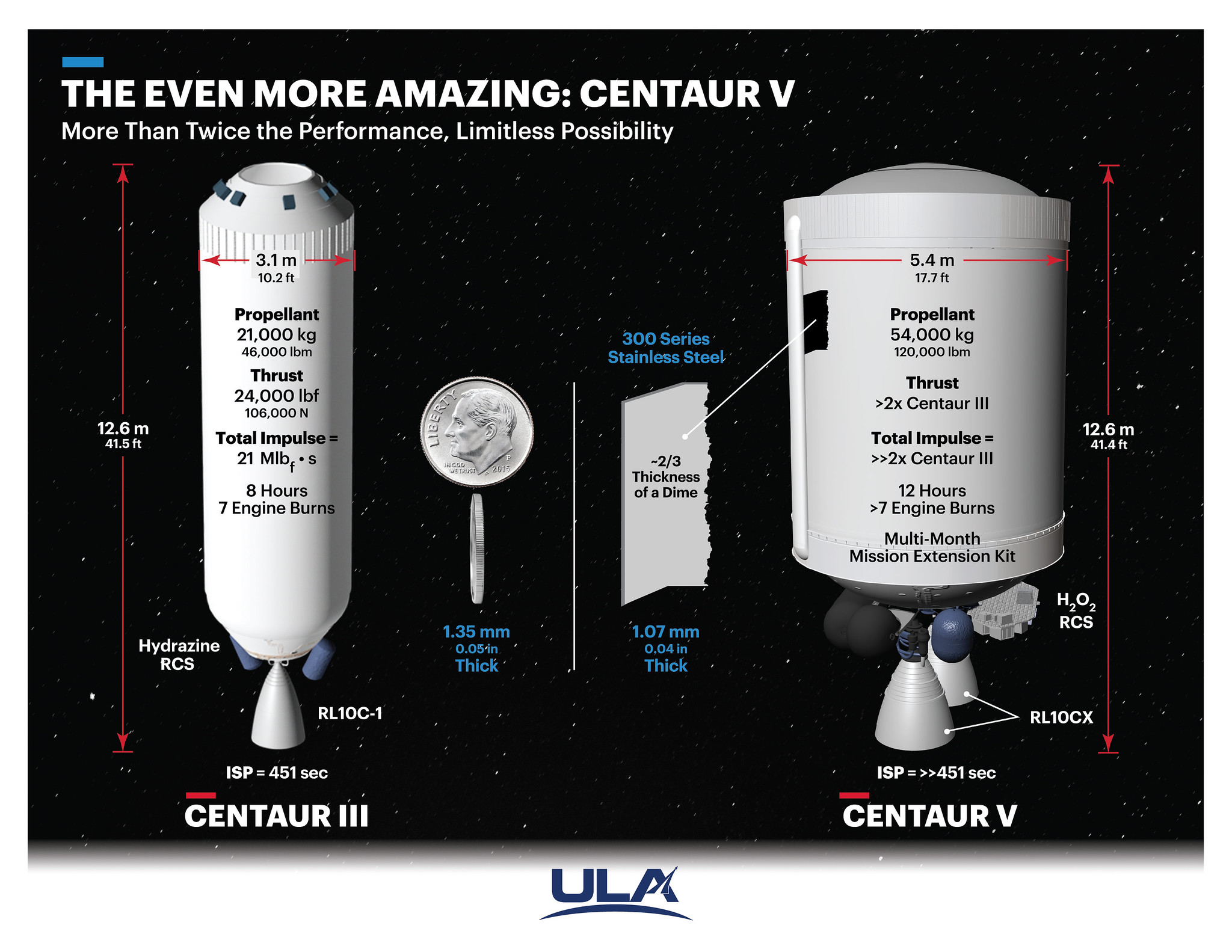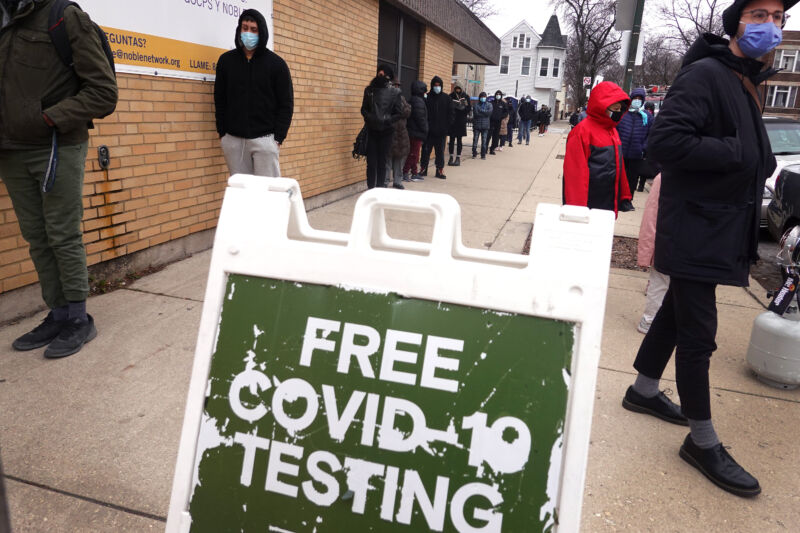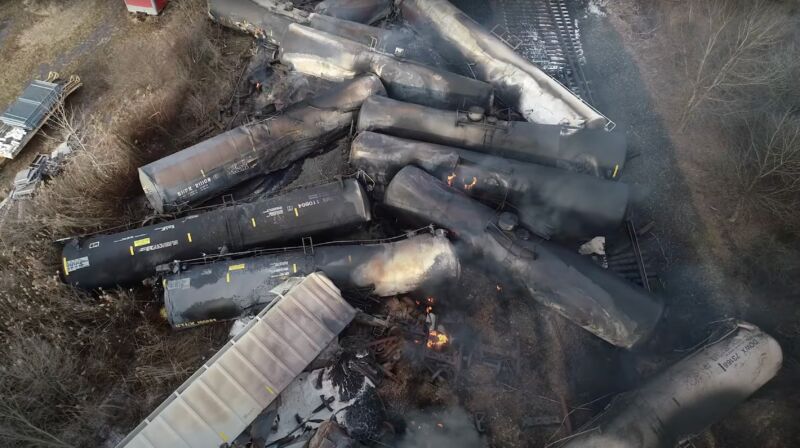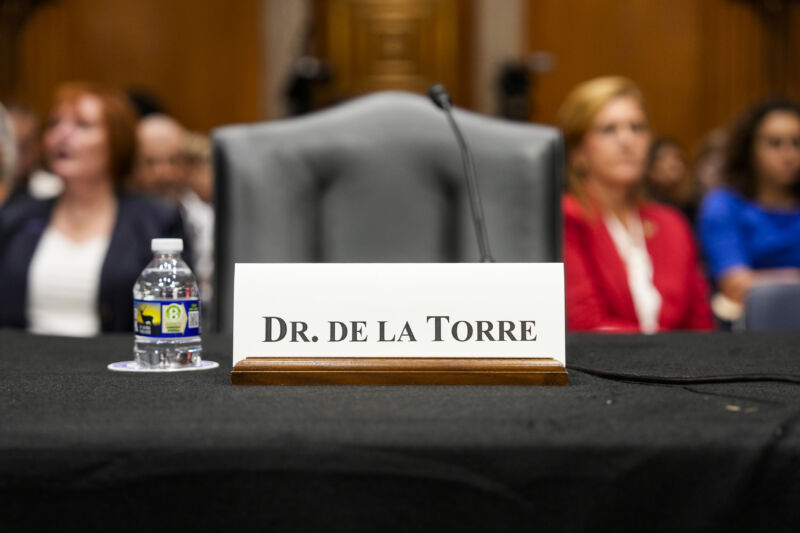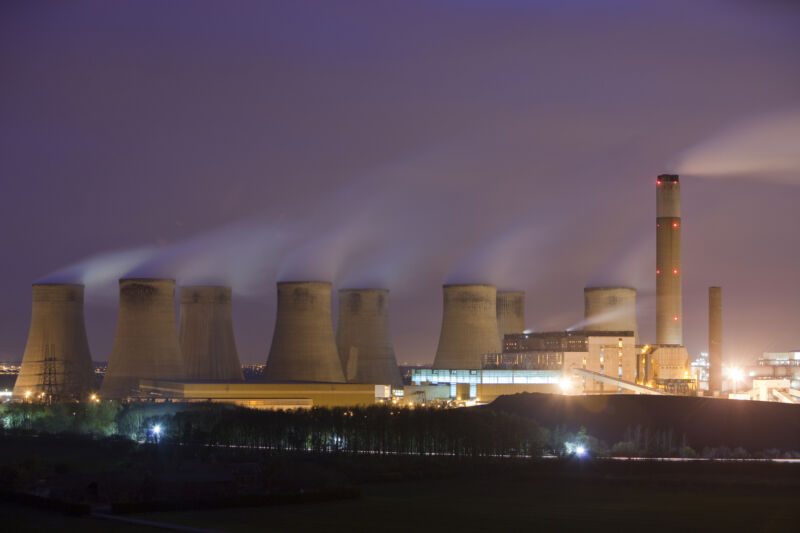ULA’s second Vulcan rocket lost part of its booster and kept going
The US Space Force says this test flight was critical for certifying Vulcan for military missions.
United Launch Alliance’s Vulcan rocket, under contract for dozens of flights for the US military and Amazon’s Kuiper broadband network, lifted off from Florida on its second test flight Friday, suffered an anomaly with one of its strap-on boosters, and still achieved a successful mission, the company said in a statement.
This test flight, known as Cert-2, is the second certification mission for the new Vulcan rocket, a milestone that paves the way for the Space Force to clear ULA’s new rocket to begin launching national security satellites in the coming months.
While ULA said the Vulcan rocket continued to hit its marks during the climb into orbit Friday, engineers are investigating what happened with one of its solid rocket boosters shortly after liftoff.
After a last-minute aborted countdown earlier in the morning, the 202-foot-tall (61.6-meter) Vulcan rocket lit its twin methane-fueled BE-4 engines and two side-mounted solid rocket boosters to climb away from Cape Canaveral Space Force Station, Florida, at 7: 25 am EDT (11: 25 UTC) Friday.
A little tilt
As the rocket arced east from Cape Canaveral, a shower of sparks suddenly appeared at the base of the Vulcan rocket around 37 seconds into the mission. The exhaust plume from one of the strap-on boosters, made by Northrop Grumman, changed significantly, and the rocket slightly tilted on its axis before the guidance system and main engines made a steering correction.
Videos from the launch show the booster’s nozzle, the bell-shaped exhaust exit cone at the bottom of the booster, fall away from the rocket.
“It looks dramatic, like all things on a rocket,” Bruno wrote on X. “But it’s just the release of the nozzle. No explosions occurred.”
During the ascent of the Vulcan rocket on the #Cert2 mission, there appeared to be an issue with the solid rocket booster on the right side of the vehicle as seen from the KSC Press Site. However, the Centaur was able to reach orbit.https://t.co/3iwWLVWZHp
📹: @ABernNYC pic.twitter.com/5h06ffNMXr
— Spaceflight Now (@SpaceflightNow) October 4, 2024
The Federal Aviation Administration, which licenses commercial space launches in the United States, said in a statement that it assessed the booster anomaly and “determined no investigation is warranted at this time.” The FAA is not responsible for regulating launch vehicle anomalies unless they impact public safety.
The Vulcan rocket comes in several configurations, with zero, two, four, or six solid-fueled boosters clustered around the liquid-fueled core stage. ULA can tailor the configuration based on the parameters of each mission, such as payload mass and target orbit.
The boosters, which Northrop Grumman calls graphite epoxy motors, are 63 inches (1.6 meters) in diameter and 72 feet (22 meters) long. Their nozzles are made of a composite heat-resistant carbon-phenolic material.
Bruno added that the rest of the damaged booster’s composite casing held up fine during its roughly 90-second burn, but the anomaly caused “reduced, asymmetric thrust” that the rocket compensated for during the rest of its ascent into space.
The Federal Aviation Administration, which regulates commercial space launches, is not immediately requiring an investigation into the booster anomaly. The FAA said it is “assessing the operation and will issue an updated statement if the agency determines an investigation is warranted.”
Remarkably, the Vulcan rocket soldiered on and jettisoned both strap-on boosters to fall into the Atlantic Ocean. They’re not designed for recovery, so ULA and Northrop Grumman engineers will have to piece together what happened from imagery and performance data beamed down from the rocket in flight.
The BE-4 main engines, supplied by Jeff Bezos’ space company Blue Origin, appeared to work flawlessly for the first five minutes of the flight. The core stage shut down its engines and separated from Vulcan’s Centaur upper stage, which ignited two Aerojet Rocketdyne RL10 engines to propel the rocket into orbit.
The second Vulcan rocket lifts off from Cape Canaveral Space Force Station, Florida, powered by two methane-fueled BE-4 engines and two solid rocket boosters. Credit: United Launch Alliance
Live data displayed on ULA’s webcast of the launch suggested the RL10 engines fired for approximately 20 seconds longer than planned, apparently to compensate for the lower thrust from the damaged booster during the first phase of the flight. The Centaur upper stage completed a second burn about a half-hour into the mission.
The rocket did not carry a real satellite. Earlier this year, ULA decided to launch a dummy payload to simulate the mass of a spacecraft, when it became clear the original payload for Vulcan’s second flight—Sierra Space’s first Dream Chaser spaceplane—would not be ready to fly this fall. ULA says it self-funded most of the cost of the Cert-2 test flight, which Bruno suggested was somewhere below $100 million.
Bullseye insertion
“Orbital insertion was perfect,” Bruno wrote on X.
The Centaur engines were supposed to fire a third time later Friday to send the rocket on a trajectory to escape Earth orbit and head into the Solar System. ULA also planned to perform experiments with the Centaur upper stage to demonstrate technologies and capabilities for longer-duration missions that could eventually last days, weeks, or months. The company did not provide an update on the results of these experiments.
Friday morning’s launch follows the debut test flight of the Vulcan rocket on January 8, which sent a commercial lunar lander from Astrobotic on a trajectory toward the Moon. The launch in January was nearly perfect.
ULA is a 50-50 joint venture between Boeing and Lockheed Martin, which merged their rocket divisions to form a single company in 2006. SpaceX, with its Falcon 9 and Falcon Heavy rockets, is ULA’s main competitor in the market for launching large US military satellites into orbit.
In 2020, the Pentagon awarded ULA and SpaceX multibillion-dollar “Phase 2” contracts to share responsibilities for launching dozens of national security space missions through 2027. Defense officials selected ULA’s Vulcan rocket to launch 25 national security missions, the majority of the launches up for competition. The rest went to SpaceX’s Falcon 9 and Falcon Heavy, which started delivering on its Phase 2 contract in January 2023.
Later this year, the Space Force is expected to select up to three companies—almost certainly ULA, SpaceX, and perhaps Blue Origin with its soon-to-debut New Glenn rocket—in a fresh competition to be eligible for contracts to launch the military’s largest spacecraft through 2029.
The Space Force required ULA to complete two successful Vulcan test flights before clearing the new rocket for launching military satellites. Despite the booster malfunction, ULA officials clearly believe the Vulcan rocket did enough Friday for the Space Force to certify it.
“The success of Vulcan’s second certification flight heralds a new age of forward-looking technology committed to meeting the ever-growing requirements of space launch and supporting our nation’s assured access to space,” Bruno said in a statement. “We had an observation on one of our solid rocket boosters (SRBs) that we are reviewing, but we are overall pleased with the rocket’s performance and had a bullseye insertion.”
A closer view of the Vulcan rocket’s BE-4 main engines and twin solid-fueled boosters. Credit: United Launch Alliance
In a press release after Friday’s launch, the Space Force hailed the test flight as a “certification milestone.”
“This is a significant achievement for both ULA and an important milestone for the nation’s strategic space lift capability,” said Brig. Gen. Kristin Panzenhagen, Space Systems Command’s program executive officer for assured access to space. “The Space Force’s partnership with launch companies, such as ULA, are absolutely critical in deploying on-orbit capabilities that protect our national interests.
“We are already starting to review the performance data from this launch, and we look forward to Vulcan meeting the certification requirements for a range of national security space missions,” Panzenhagen said in a statement.
The Space Force is eager for Vulcan to become operational. Some of the military’s most critical reconnaissance, communications, and missile warning satellites are slated to fly on Vulcan rockets.
Ramping up
Going into Friday’s test flight, ULA and the Space Force hoped to launch one or two more Vulcan rockets by the end of the year, both with US Space Force payloads. The timing of the next Vulcan launch, assuming the Space Force certifies the new rocket, will likely hinge on the outcome of the investigation into the booster anomaly.
ULA has already transported all major components of the next Vulcan rocket from its factory in Alabama to Cape Canaveral for final launch preparations. The company has a backlog of 69 Vulcan flights, counting missions for the Space Force, the National Reconnaissance Office, Amazon’s Kuiper network, and Sierra Space’s Dream Chaser spaceplane to resupply the International Space Station.
In a prelaunch briefing with reporters, Bruno said ULA aims to launch up to 20 times next year. Roughly half of that number will be Vulcan flights, and the rest will be Atlas V rockets, which ULA is retiring in favor of Vulcan.
There are 15 Atlas V rockets left to fly, primarily for Amazon and Boeing’s Starliner crew capsule. The nozzle failure Friday may also affect the schedule for Atlas V launches because the soon-to-retire rocket uses a similar booster design from Northrop Grumman.
ULA eventually wants to launch up to 25 Vulcan rockets per year from its launch pads at Cape Canaveral and at Vandenberg Space Force Base, California. The launch provider is outfitting a second assembly building in Florida to stack Vulcan rockets, a capability that will shorten the time between liftoffs. ULA is modifying its Atlas V launch pad in California to support Vulcan flights there next year.
ULA announced the Vulcan rocket in 2015 to replace the Atlas V and Delta IV rockets, which had stellar success records but were not cost-competitive with SpaceX’s partially reusable Falcon 9. The Atlas V also uses a Russian main engine, a situation that became politically untenable after Russia’s annexation of Crimea in 2014, and more so after the Russian invasion of Ukraine in 2022. The final Russian engines for the Atlas V arrived in the United States in 2021.
The Vulcan rocket is somewhat less expensive than the Atlas V, and significantly cheaper than the Delta IV, but still more costly than SpaceX’s Falcon 9. There is a closer price parity between Vulcan and SpaceX’s Falcon Heavy rocket.
Bruno hinted at the cost of developing the rocket in his roundtable discussion with reporters earlier this week.
“Developing a rocket, and then the infrastructure to develop a new space launch vehicle, the rule of thumb is it costs you somewhere between $5 billion and $7 billion,” Bruno said. “Vulcan is not outside the rule of thumb.”
Updated at 5: 15 pm EDT (21: 15 UTC) with new FAA statement.
ULA’s second Vulcan rocket lost part of its booster and kept going Read More »
